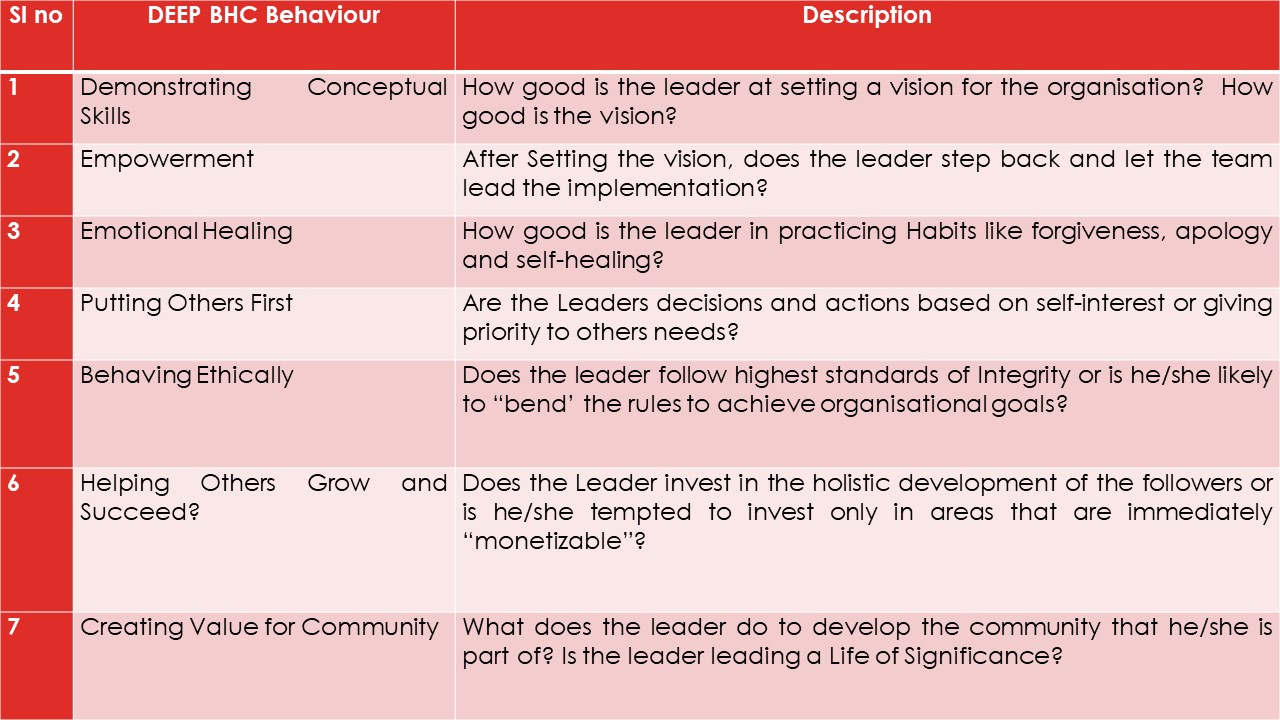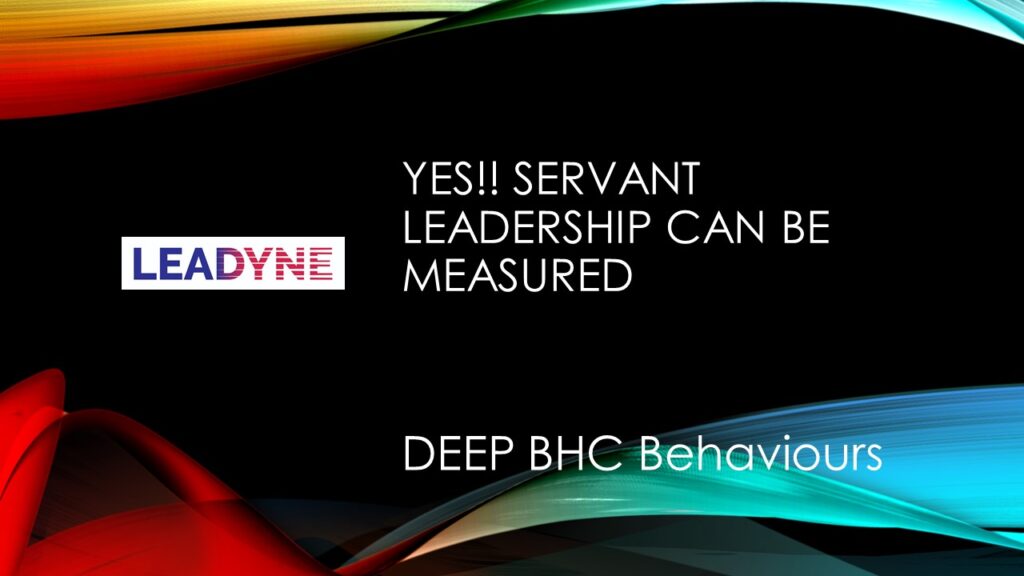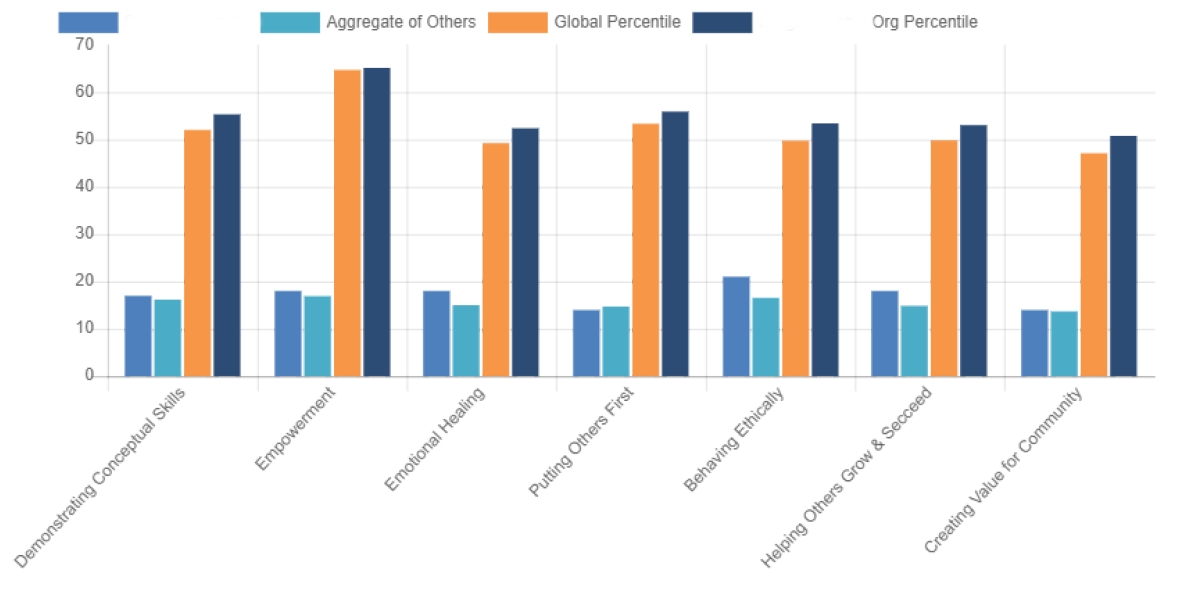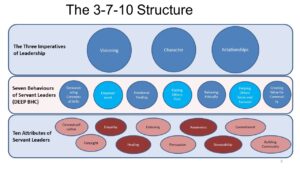All of us have heard the cliché “ What can be measured can be improved”. One of the several myths associated with Servant Leadership was that it is a nebulous concept which cannot be quantified and/ or measured. This myth was strengthened by the views of the early proponents of Servant Leadership who were not in favour of “measuring” Servant leadership attributes. The focus was on experiential understanding of the concept. Don Frick, who wrote about Robert Greenleaf, was probably referring to the father of the term himself when he said that it was believed that if servant leadership was reduced to a collection of admirable qualities and learned skills that were displayed in organisational settings, it was all too easy to forget that servant leadership was, first about deep identity. Another apprehension was that we may feel guilty and frustrated for not measuring up to this set of leadership ideals and that we may even project these ideals onto others; expecting them to do what we could not attain ourselves. Due to this, most of the early writings on Servant leadership have been based on anecdotal observations, personal testimonies and reflections.
However, a body of researchers argued against this view and attempted measuring Servant leadership attributes. In the early 2000’s many researchers came up with scales that measure Servant Leadership behaviours.
Picking up on this research, and banking on a scale that was developed and validated by Dr. Robert C Liden, I developed a scale called the Menorah Servant Leadership Assessment (MSLA) , as part of my doctoral studies. Making it part of the doctoral studies ensured that the scale went through rigorous validations tests and can relied upon.
So, the good news is that Servant Leadership behaviour can be measured. The MSLA measures Servant Leadership against seven distinct behaviours we call as the DEEP BHC behaviours. Let us look at them briefly

MSLA measures these seven behaviours as a 360 degree assessment. It gives an opportunity for the leader to compare own perception with what others actually see. It also gives an idea of how the leader stands with respect to a global population and/or his/her organisation.
MSLA is a great tool for self-awareness for all leaders.
You can get more details about the MSLA here.
So, Now that you know that Servant Leadership is measurable, it is no more considered a nebulous concept. Come, take the MSLA assessment and be a great Servant Leader. Your Servant Leadership journey starts with a 360 degree assessment.
_______________________________________________________________________________
 Dr. Madana Kumar, PhD is the Servant Leadership Evangelist and Chief Consultant at Leadyne. You can contact him here.
Dr. Madana Kumar, PhD is the Servant Leadership Evangelist and Chief Consultant at Leadyne. You can contact him here.





11 thoughts on “Nebulous to Specific: Measuring Servant Leadership Behaviors”
Pingback: The “People” phenomena of Future of Work – Leadyne
Pingback: We need an Encounter with Servant Leadership to Change our Character – Leadyne
Pingback: Change your Vision through an Encounter with Servant Leadership – Blogs for TSL
Pingback: Creating Customer Value through Servant Leadership – Leadyne
Pingback: Creating Customer value through Servant Leadership – The Enparadigm Blog
Pingback: Putting Others First : An Imperative for a Great Post-Pandemic New Year – Leadyne
While I appreciate the framework Dr. Madana, what I don’t understand is the pressing need to have such analysis.
Do we do such analysis to our mother in order to extend the award “Best Mum in the whole world” or do we even need an assessment to find out where she could do better?
Just as a woman after marriage automatically grooms herself into the role of a mother (by observing good role models), a servant leader too would take cues here and there (by attending your workshops and having mentors) when he gets the responsibility to lead somebody.
Let us allow people to mature into their roles naturally (organic growth) instead of manufacturing leaders out of business needs.
P.S: Just my opinion…I may be wrong !
Thanks Billy for the comment and your Point of view. Yes. Not everyone needs measurement to improve. But some do. Our effort is to provide those who need a measurement to improve.
I understand now. Thank you for the clarification Sir.
Thank you Dr.Madana. Until I took your test was skeptical myself, after taking it and identifying my strengths and areas of improvement, can recognize the usefulness of it.
Thanks Carl. The assessment is an eye opener.